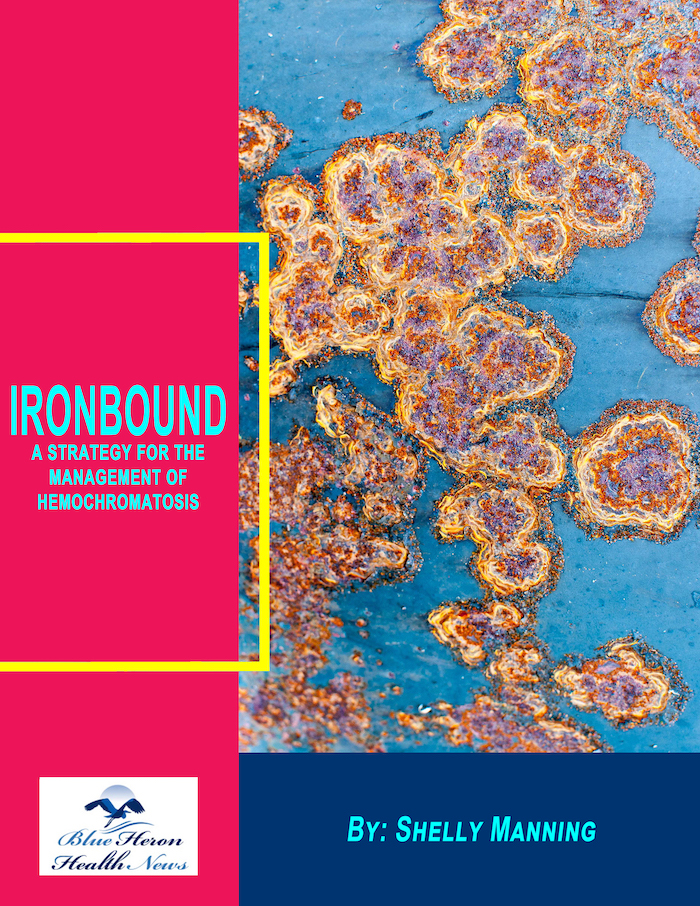
Ironbound™ A Strategy For The Management Of Hemochromatosis by Shelly Manning if you are suffering from the problems caused by the health condition of HCT due to excess amount of iron in your body then instead of using harmful chemical-based drugs and medications you are recommended to follow the program offered in Ironbound Shelly Manning, an eBook. In this eBook, she has discussed 5 superfoods and other methods to help you in reducing the level of iron in your body in a natural manner. Many people are benefited from this program after following it consistently.
How does poor diet contribute to iron deficiency anemia?
Iron deficiency anemia is a common type of anemia that occurs when the body doesn’t have enough iron to produce adequate amounts of hemoglobin, a protein in red blood cells responsible for carrying oxygen from the lungs to the rest of the body. Poor diet is a significant contributor to iron deficiency anemia, and understanding this relationship requires an exploration of several factors.
1. Insufficient Iron Intake
Types of Iron
- Heme Iron: Found in animal products like meat, poultry, and fish, heme iron is more easily absorbed by the body.
- Non-Heme Iron: Found in plant-based foods like beans, lentils, spinach, and fortified cereals, non-heme iron is less readily absorbed.
A diet low in iron-rich foods, particularly heme iron sources, can lead to insufficient iron intake. Vegetarians and vegans, who rely solely on non-heme iron, need to consume larger quantities or more fortified foods to meet their iron needs.
2. Poor Iron Absorption
Enhancers of Iron Absorption
- Vitamin C: Found in fruits and vegetables like oranges, strawberries, and bell peppers, vitamin C can enhance the absorption of non-heme iron when consumed in the same meal.
- Meat Factor: Certain proteins found in meat, fish, and poultry can enhance non-heme iron absorption.
Inhibitors of Iron Absorption
- Phytates: Found in whole grains, legumes, and some vegetables, phytates can bind iron and inhibit its absorption.
- Polyphenols: Found in tea, coffee, and some fruits and vegetables, polyphenols can also inhibit iron absorption.
- Calcium: High calcium intake from supplements or dairy products can interfere with iron absorption.
A diet high in inhibitors or low in enhancers can lead to poor iron absorption, even if iron intake is adequate.
3. Increased Iron Requirements
Certain life stages and conditions increase iron requirements, and without dietary adjustments, these increased needs can lead to deficiency:
- Pregnancy: The body’s demand for iron increases to support fetal development and increased blood volume.
- Growth: Children and adolescents require more iron during periods of rapid growth.
- Menstruation: Women of childbearing age lose iron through menstrual blood loss.
4. Dietary Patterns and Cultural Practices
Vegetarian and Vegan Diets
- These diets may be low in heme iron and high in inhibitors of non-heme iron absorption. Without careful planning to include iron-rich and iron-enhancing foods, individuals following these diets are at higher risk of deficiency.
Traditional Diets
- Some traditional diets may lack diversity or include high amounts of iron inhibitors. For example, a diet heavily reliant on grains and legumes without sufficient vitamin C-rich fruits and vegetables can impair iron absorption.
5. Socioeconomic Factors
Food Insecurity
- Limited access to a variety of iron-rich foods due to financial constraints can lead to insufficient iron intake.
Education and Awareness
- Lack of knowledge about iron-rich foods and proper dietary practices can contribute to poor dietary choices that increase the risk of iron deficiency.
6. Medical Conditions and Medications
Gastrointestinal Disorders
- Conditions like celiac disease, Crohn’s disease, and ulcerative colitis can impair nutrient absorption, including iron.
Medications
- Certain medications, such as proton pump inhibitors (PPIs) used to treat acid reflux, can reduce stomach acidity and impair iron absorption.
Conclusion
Poor diet is a multifaceted contributor to iron deficiency anemia. Insufficient intake of iron-rich foods, poor absorption due to dietary inhibitors, increased iron requirements during certain life stages, and socioeconomic factors all play critical roles. Addressing these issues requires a holistic approach, including dietary education, improved access to diverse and nutritious foods, and attention to individual health conditions that may affect iron absorption and utilization.
By understanding these contributing factors, individuals and healthcare providers can take proactive steps to prevent and manage iron deficiency anemia through dietary modifications and appropriate interventions.
Ironbound™ A Strategy For The Management Of Hemochromatosis by Shelly Manning if you are suffering from the problems caused by the health condition of HCT due to excess amount of iron in your body then instead of using harmful chemical-based drugs and medications you are recommended to follow the program offered in Ironbound Shelly Manning, an eBook. In this eBook, she has discussed 5 superfoods and other methods to help you in reducing the level of iron in your body in a natural manner. Many people are benefited from this program after following it consistently.